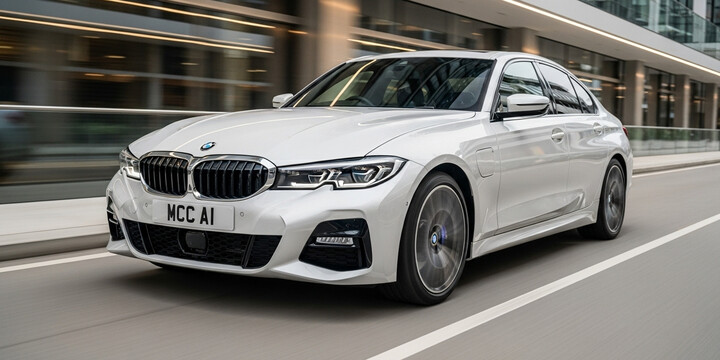
BMW 3 SERIES SALOON (2024-)
The BMW 3 SERIES SALOON (2024-) stands out as a premium, stylish saloon that combines sporty performance with everyday practicality. As a member of the highly regarded compact executive car segment, it appeals to those seeking a refined driving experience whether commuting, running errands, or enjoying leisure trips. Its sleek design, modern features, and reputation for reliability make it a popular choice among drivers looking for a comfortable, well-built vehicle that offers a blend of luxury and everyday usability.
What makes the BMW 3 SERIES SALOON (2024-) especially notable is its reputation for rewarding handling and impressive fuel efficiency, making it suitable for both city driving and longer journeys. It is often favored by professionals, small families, and first-time buyers who appreciate its stylish appearance and premium feel. In comparison to rivals in its class, the BMW 3 SERIES SALOON (2024-) is known for its engaging driving experience, high-quality interior, and strong performance. With an average private sale value of around £52,310 and typical mileage of about 33,742 miles, it remains a sought-after, dependable choice for those looking to invest in a slightly used luxury saloon.

average use
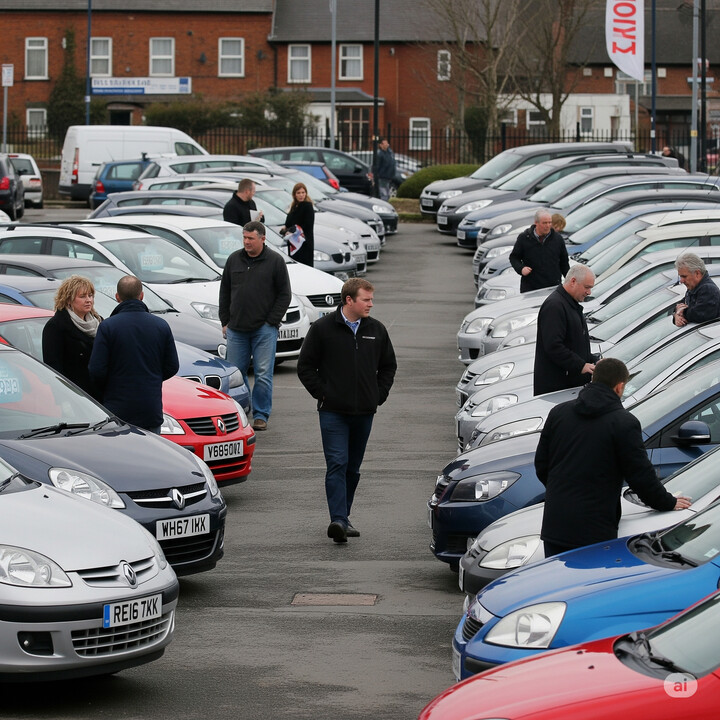
The data indicates that the vast majority of 2024 BMW 3 Series Saloon vehicles have recorded mileage readings below 10,000 miles, accounting for 98% of the sample. Only a very small proportion show higher mileages, with 1% between 20,000 and 30,000 miles, 0.5% between 50,000 and 60,000 miles, and another 0.5% between 10,000 and 20,000 miles. This suggests most vehicles are relatively low in mileage, likely reflecting early-stage usage or limited driving.

vehicle values
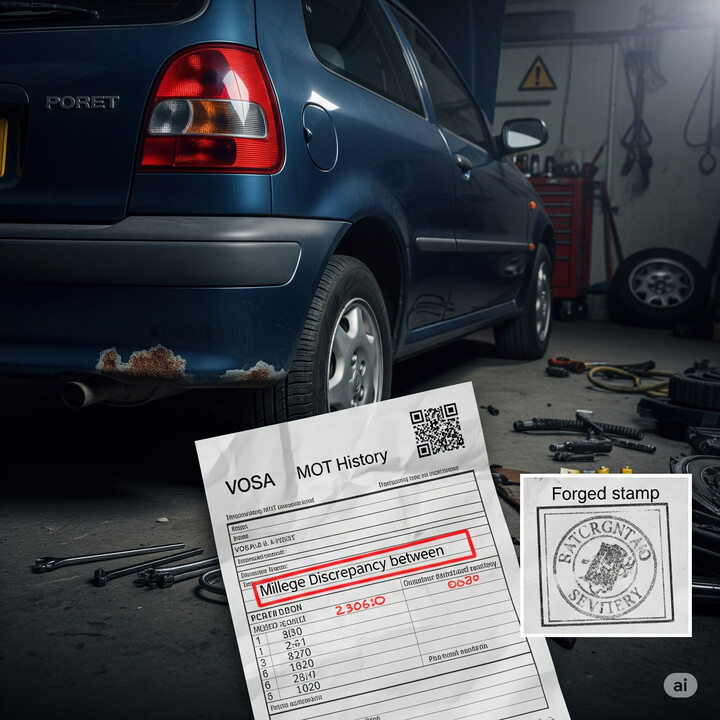
The private sale valuations for the BMW 3 Series Saloon (2024-) show a wide range of prices, with most values concentrated between £33,000 and £50,000. Notably, there are multiple entries with very low percentages (around 0.5%) within the £34,000 to £45,000 range, indicating that many vehicles in this bracket are valued consistently—possibly reflecting common pricing points or market stability. Higher-end vehicles, between £65,000 and £74,000, have slightly higher percentage variations (around 3.5%), suggesting more variability or less frequent sales in the premium segment. Overall, the data indicates that most private sale prices tend to cluster below £50,000, with some higher-value models showing more fluctuation.

production years
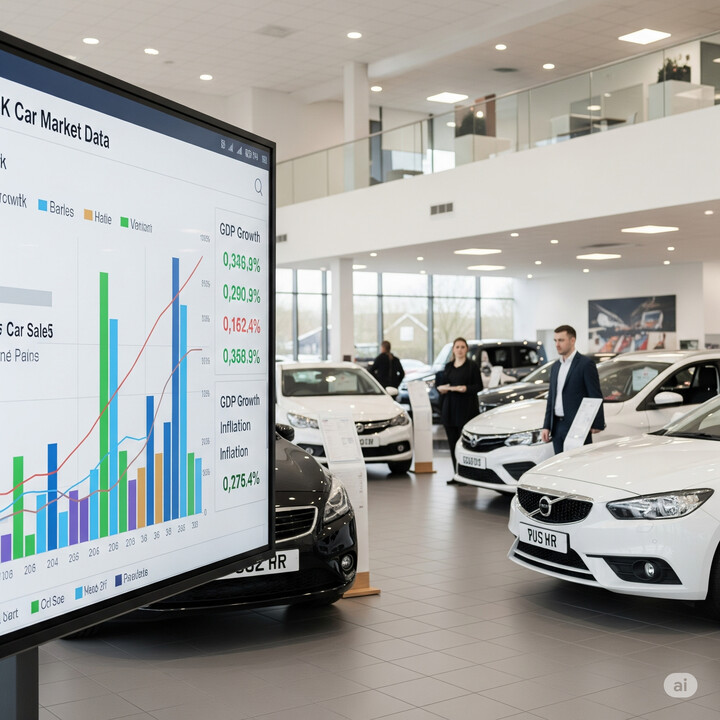
The data indicates that the majority of BMW 3 Series Saloon vehicles currently available are from the year 2024, accounting for 26.4%, while a smaller proportion, 73.6%, are from 2025. This suggests that the upcoming 2025 models are already prevalent in the market, reflecting strong early availability for new year vehicles, which may influence buyer choices and vehicle inventory trends.

colour popularity
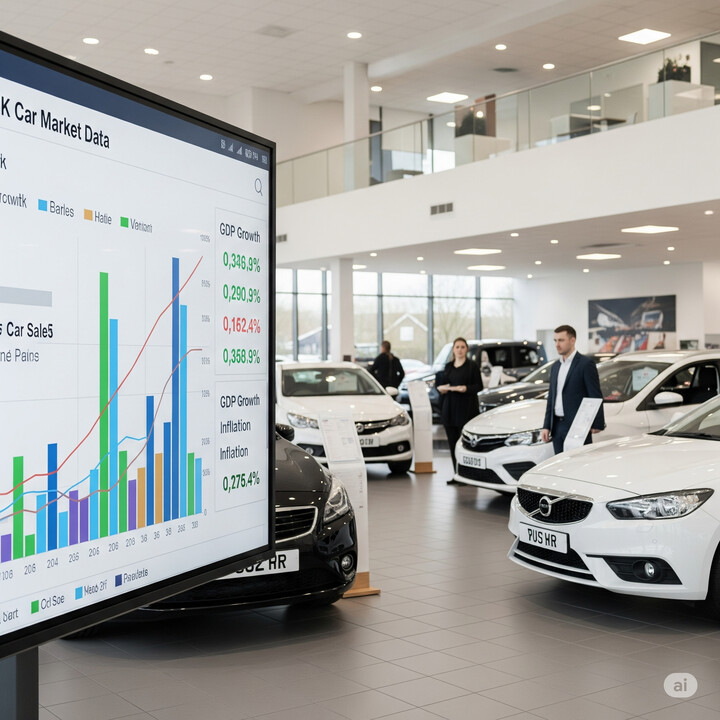
The data indicates that the most popular main paint colours for the 2024 BMW 3 Series Saloon are Grey (36.8%) and Black (28.9%), collectively accounting for over two-thirds of the vehicles. Blue also features prominently at 14.9%. In contrast, brighter and more vibrant colours like Red (3.5%) and Purple (0.5%) are quite rare. Green, at 5%, is somewhat more common than Purple but still less prevalent. White, at 10.4%, remains a notable colour choice, though it trails behind Grey and Black. Overall, the trend suggests a preference for classic, neutral colours among buyers of this model.

ownership cycle
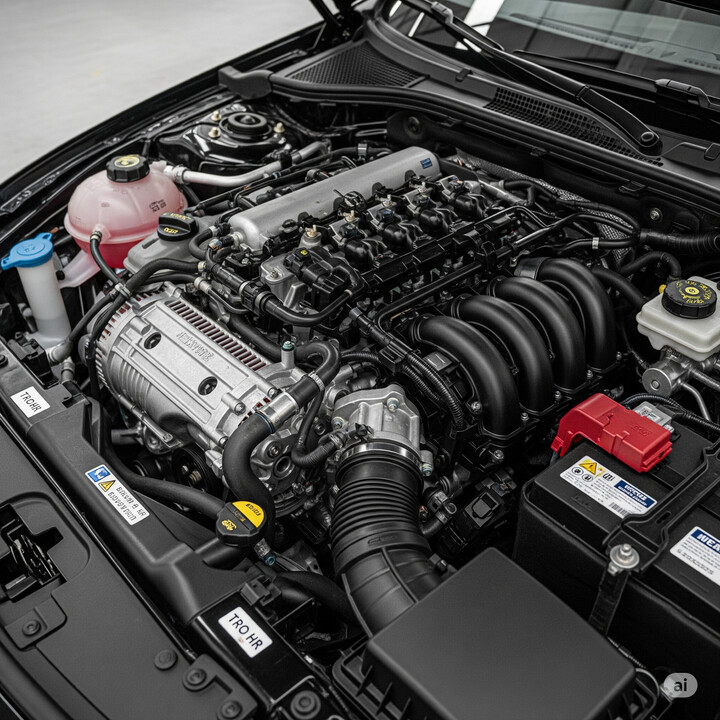
The data shows that the vast majority of BMW 3 Series Saloon (2024-) vehicles have had only one registered keeper, accounting for 81.6%. A small proportion, 5.5%, have had two registered keepers, while 12.9% have an unspecified or unknown number of keepers. This suggests that most of these vehicles tend to remain with a single owner over their early life, indicating potential for typically stable ownership patterns within this model.

engine choices
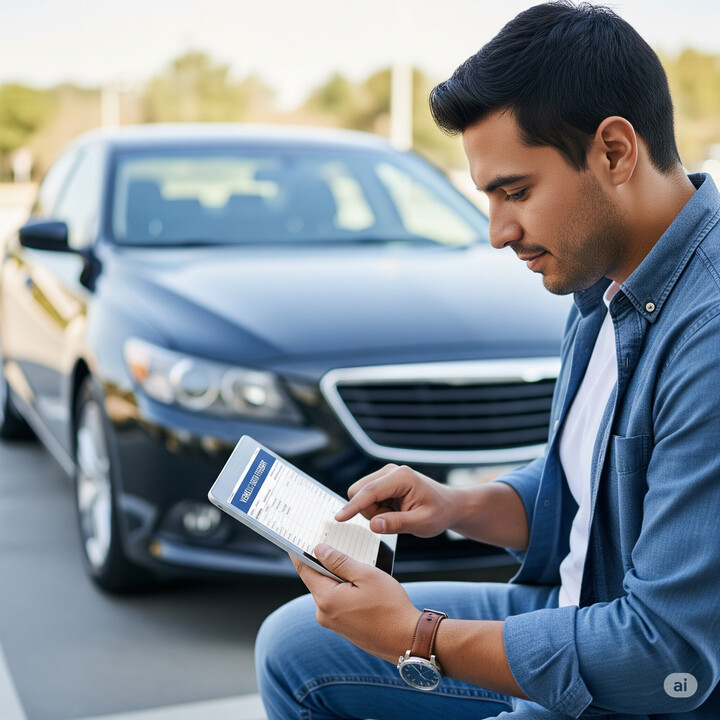
The data for the 2024 BMW 3 Series Saloon reveals that the majority of vehicles are equipped with engines around 1998 cc, accounting for 61.2%, followed by approximately 2993 cc at 30.3%, and 2998 cc at 8.5%. In terms of fuel types, nearly half of these vehicles (46.8%) are hybrid electric models, with the remaining 53.2% powered by petrol. This indicates a significant shift towards hybrid technology within this model range, while engine sizes remain predominantly around 2.0 liters.












